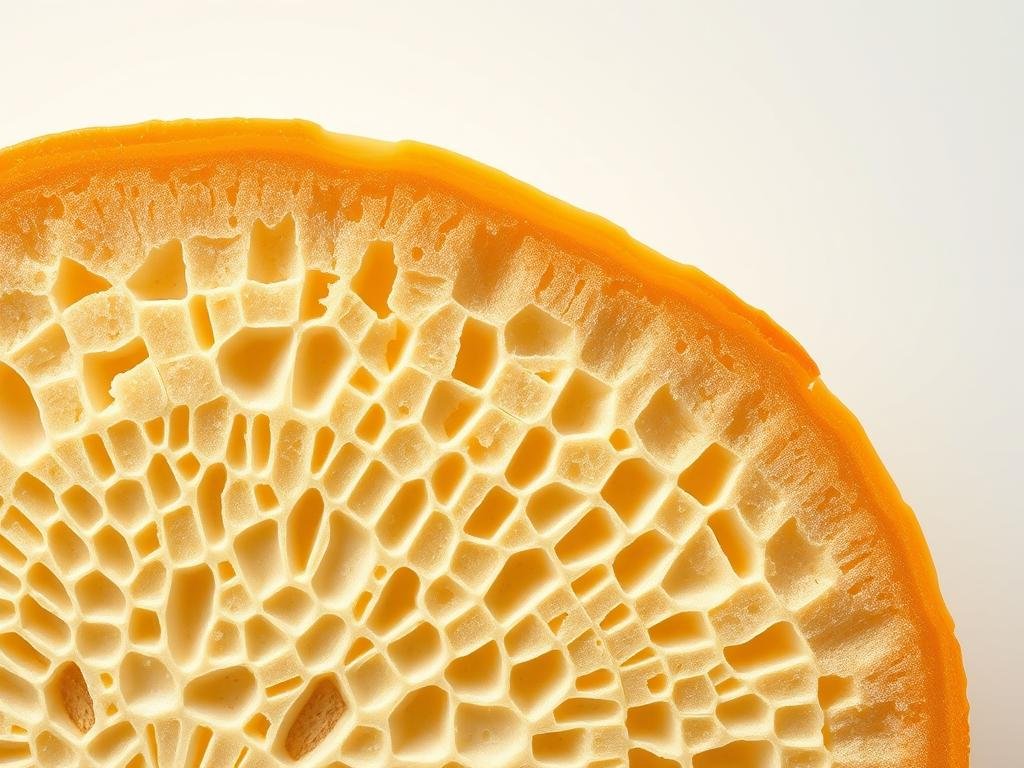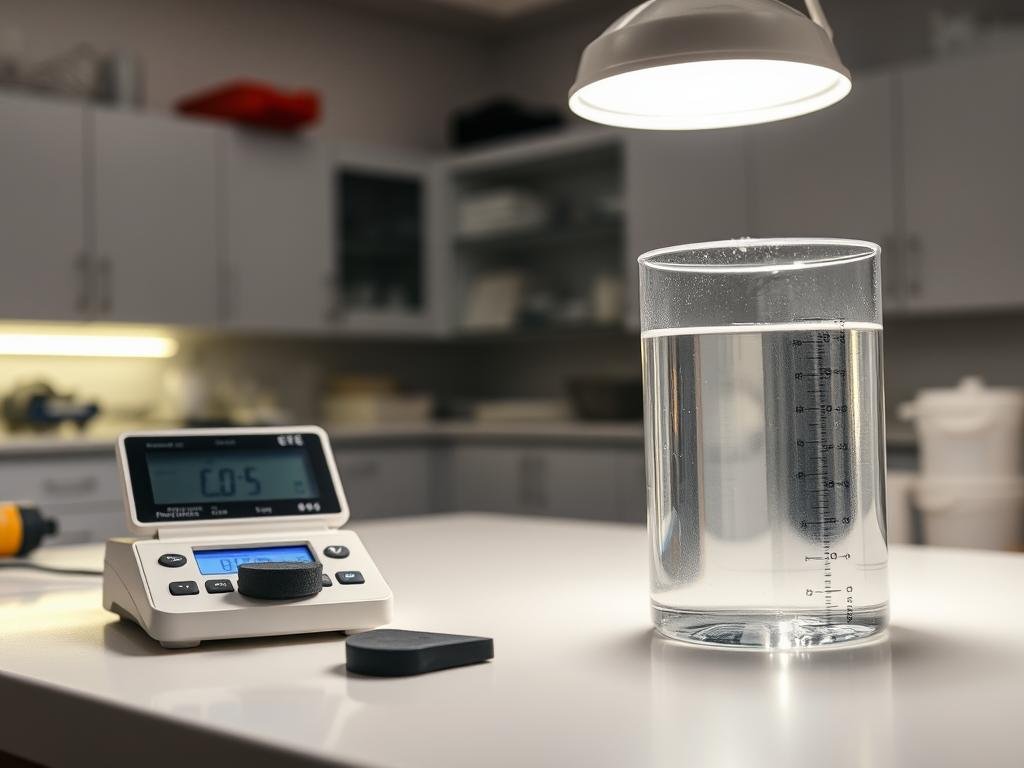密度 of 橡膠 is a crucial physical property that affects its performance in various 應用程式, from automotive parts to industrial seals.
Understanding the differences in density between natural and synthetic rubber is essential for engineers and product designers to select the optimal material for specific requirements.
橡膠的密度通常範圍從0.92 g/cm³到2.02 g/cm³,自然橡膠的密度通常低於專門合成橡膠。
這份綜合指南將比較天然橡膠與合成橡膠的密度,解釋測量方法,並幫助您了解密度如何影響橡膠在實際應用中的性能。
Understanding Rubber Density and Its Importance
了解橡膠的密度對於選擇適合特定用途的材料至關重要。橡膠密度是一個影響材料在各種應用中性能的關鍵特性。
什麼是橡膠密度?
橡膠密度被定義為橡膠材料的每單位體積質量,通常以克每立方公分(g/cm³)為單位測量。它是影響橡膠物理和機械性質的基本特徵。如行業專家所指出的,“橡膠的密度是決定其適用於不同應用的關鍵因素。”
為什麼密度在橡膠應用中很重要
橡膠的密度直接影響其物理特性,包括強度、彈性、重量、化學抗性和密封效果。橡膠片的密度通常範圍在 1.00 到 2.00 克/立方厘米,取決於橡膠的種類、配方和所使用的添加劑。
- 較低密度的橡膠(1.00-1.20 g/cm³)具有更好的彈性和柔韌性,適用於需要良好密封性能的應用。
- Medium density rubbers (1.21-1.50 g/cm³) offer a balance between flexibility and strength, suitable for automotive seals and industrial gasketing.
- 較高密度的橡膠(1.51-2.00 g/cm³)提供更優越的耐用性和抗壓縮能力,適用於重型工業應用。
Understanding rubber density helps engineers optimize material selection for weight considerations, space constraints, and specific performance requirements. As the density affects how rubber responds to pressure, temperature changes, and chemical exposure, it directly influences product performance and longevity.
天然橡膠密度特性
Understanding the density characteristics of natural rubber is essential for selecting the right material for specific uses. Natural rubber (NR) has a density of approximately 1.34 g/cm³, which is relatively low compared to other materials.
Typical Density Range
天然橡膠的密度範圍通常為0.92-1.10 g/cm³。這個範圍使它成為工業應用中較輕的橡膠材料之一。較低的密度有助於其卓越的彈性和柔韌性。
物理性質
The physical properties of natural rubber are closely related to its density. Its molecular structure creates a unique combination of low density and high tensile strength, approximately 160 kg/cm², with elongation capabilities of up to 410%. This balance of properties makes natural rubber suitable for applications where material weight is a consideration.

Advantages and Limitations
Natural rubber’s density characteristics provide several advantages, including good abrasion resistance and tear strength. However, its density limitations become apparent in high-temperature environments (above 70°C) and when exposed to oils and solvents, where the material may degrade or swell.
- 天然橡膠的低密度使其在壓縮或拉伸後具有優異的回復能力。
- Its density can be modified through compounding with various fillers and additives.
- Despite its advantages, natural rubber has poor resistance to oil and high temperatures.
Overall, the density of natural rubber is a critical factor in determining its suitability for various applications.
合成橡膠密度比較
合成橡膠的密度在不同類型之間差異很大,提供各種性能特性。這種變異性允許根據化學抗性、耐溫性和機械強度等因素,選擇最適合特定應用的材料。
Common Synthetic Rubber Types and Their Densities
Synthetic rubbers exhibit a wider range of densities compared to natural rubber, typically between 1.00 and 2.02 g/cm³. This range enables the tailoring of performance characteristics for specific applications.
丁腈橡膠 (NBR) 密度輪廓
Nitrile rubber (NBR) has a density of 1.22 g/cm³, offering excellent oil resistance and good mechanical strength. Its abrasion resistance and compression set make it suitable for sealing applications.
EPDM, Neoprene, and Silicone Rubber Densities
EPDM rubber has a density of 1.17 g/cm³, providing good resistance to weathering and polar chemicals. Neoprene (CR) has a density of 1.45 g/cm³, with balanced mechanical properties and good chemical resistance. Silicone rubber (VMQ) has a density of 1.35 g/cm³, offering exceptional temperature resistance.
High-Density Synthetic Rubbers: Viton and Fluorosilicone
Viton (FKM) has a density of 2.02 g/cm³, with exceptional compression set at high temperatures and superior chemical resistance. Fluorosilicone rubbers also exhibit high densities, correlating with their enhanced resistance to aggressive chemicals.
| Synthetic Rubber Type | 密度 (g/cm³) | 關鍵屬性 |
|---|---|---|
| Nitrile Rubber (NBR) | 1.22 | 優異的抗油性能,良好的機械強度 |
| EPDM | 1.17 | Good resistance to weathering, steam, and polar chemicals |
| Neoprene (CR) | 1.45 | Balanced mechanical properties, good chemical resistance |
| Silicone Rubber (VMQ) | 1.35 | Exceptional temperature resistance (-70°C to 200°C) |
| Viton (FKM) | 2.02 | 優越的化學抗性,高溫性能 |
如何測量橡膠的密度
準確的密度測量對於橡膠製造中的品質控制至關重要。為了達成此目標,主要採用兩種方法:水置換法和比重瓶法。
Water Displacement Method
排水法,基於阿基米德原理,涉及測量樣品在空氣中的重量(W1)以及浸入水中的重量(W2)。密度的計算公式為:密度(g/cm³)= W1 /(W1 – W2)。此方法簡單且對許多橡膠樣品來說效果良好。

Pycnometer Method
皮克諾米特法提供更高的精確度,尤其適用於較小的樣品。它包括稱量空的皮克諾米特(Wp),用水填充並再次稱重(Ww),然後插入樣品,填滿水並稱重(Ws)。密度的計算公式為:密度(g/cm³)= 空氣中的樣品重量 / ((Ww + 樣品重量) – Ws)。
密度測量的行業標準
行業標準如 ASTM D297 和 ISO2781 提供測量橡膠密度的指導方針,確保結果的一致性。這些標準規定了樣品準備、溫度條件和測量技術,以最小化影響密度讀數的變數。
影響橡膠密度的因素
了解影響橡膠密度的因素對於選擇適合特定應用的材料至關重要。橡膠的密度並非固定的屬性;相反,它受到多種因素的影響,這些因素可以在製造過程中調整,以達到所需的特性。
Filler Content and Types
Filler content is one of the key factors influencing rubber density. Common fillers such as carbon black, silica, and calcium carbonate increase density while enhancing specific properties like mechanical strength, abrasion resistance, and durability. The type and amount of fillers used can significantly alter rubber density.
Additives and Plasticizers
Additives and plasticizers play a crucial role in modifying rubber density. Plasticizers typically decrease density while improving flexibility and processability. However, they may lower overall strength. The choice of additives and their proportions is critical in achieving the desired balance between density and other properties.
製造與固化過程
The manufacturing process significantly impacts final rubber density. Compression molding typically produces higher density products compared to extrusion or injection molding due to differences in material compaction. Curing processes and vulcanization parameters also influence molecular cross-linking density, affecting the overall physical density of the rubber compound.
The degree of cross-linking during vulcanization can increase rubber density by creating a tighter molecular structure. Extrusion and calendering processes may result in slightly lower density products compared to compression molding.
Conclusion: Selecting the Right Rubber Density for Your Application
適當的橡膠密度確保最佳運作 rubber materials in diverse 應用程式. When choosing between natural and synthetic rubber, consider factors such as operating environment, chemical exposure, and mechanical requirements to ensure 產品品質 and longevity.
For automotive and industrial applications, medium-density synthetic rubbers like NBR often provide the best balance of oil resistance and mechanical strength. Custom rubber formulations, such as those offered by Julong Rubber, allow for tailored density specifications to meet unique application requirements.
To 免費獲取 根據密度需求,與巨隆橡膠的技術團隊聯繫,進行橡膠材料選擇的諮詢。了解密度、性能與成本之間的權衡,使工程師在新產品開發或現有產品改進時能做出明智的決策,確保大量生產中的最佳性能。
